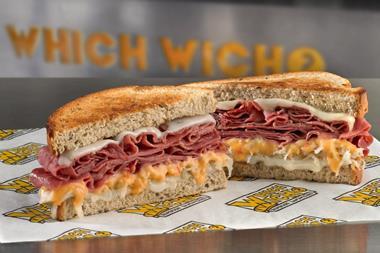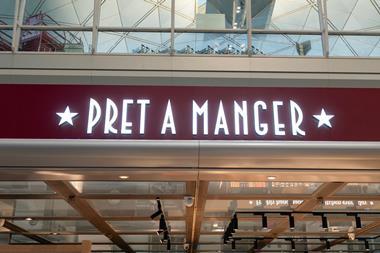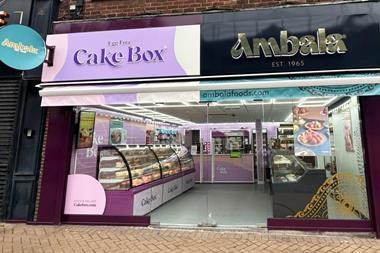The UK retail market for bread and bakery products grew by 3.4% in 2013 despite continued decline in bread consumption and volume sales.
Key Note forecasters, which produced this report, anticipate a growth of 10.9% between now and 2018 based on the strength of diversification in the market. Changing consumer interests mean a wealth of avenues for growth in the sector as trends progress. Growth is also facilitated by the ongoing effects of rising inflation on retail prices and the higher expense of speciality breads.
The report also revealed that white bread is still a significant contributor to overall sales as the nation’s favourite bread. Its popularity has been compounded by the success of combination loaves such as Hovis’ Best of Both loaf, which are included in the sector.
However, sales of brown and wholemeal loaves are less substantial though buoyed up slightly as people favour ‘healthier’ options. Both traditional bread sectors are under threat from the rising speciality breads market in the UK including a variety such as ciabatta, naan and rye. The mass availability of different types has encouraged the diversification of consumer interests as the popularity of rolls, bagels, doughnuts and crumpets is also on the up.
Gluten-free boost
Demand for gluten-free breads and homemade sandwiches also contributed to 2013’s growth. The popularity of the latter has been driven by new product developments such as combination rolls, wraps and flatbreads as well as the already-popular bagels category.
Despite the advent of speciality breads and other bakery products, total bread consumption in the UK continues on a long-term downward trend. Volume sales of traditional loaves are declining at a faster rate than the alternative options are increasing.
“Bread is gradually becoming a less integral component of many Britons’ everyday diets,” stated the report. “New product developments in competing wheat-based markets, such as breakfast cereals and biscuits, as well as the popularity of low-carbohydrate diets are contributing to this trend. Consumers are instead choosing to consume speciality breads less regularly, with many consumers opting to do so at dinner, when such products can be used to make the meal more special.”
































No comments yet